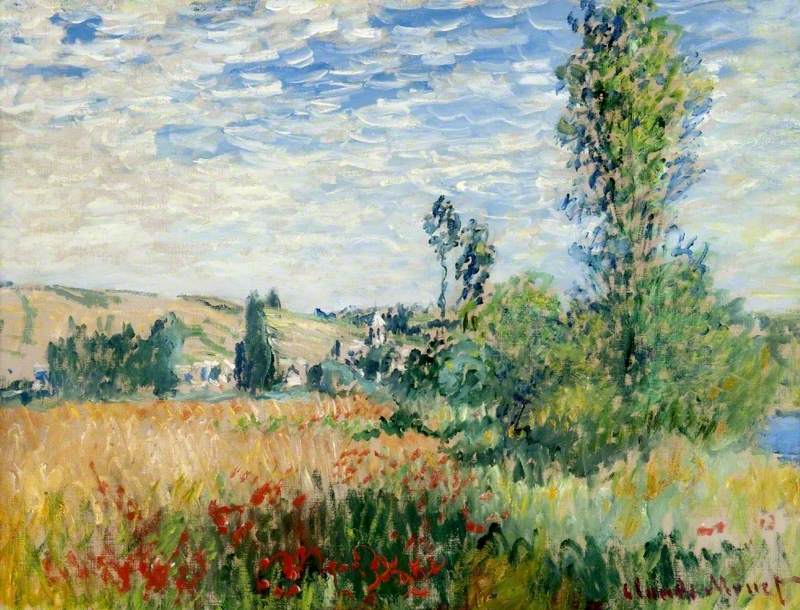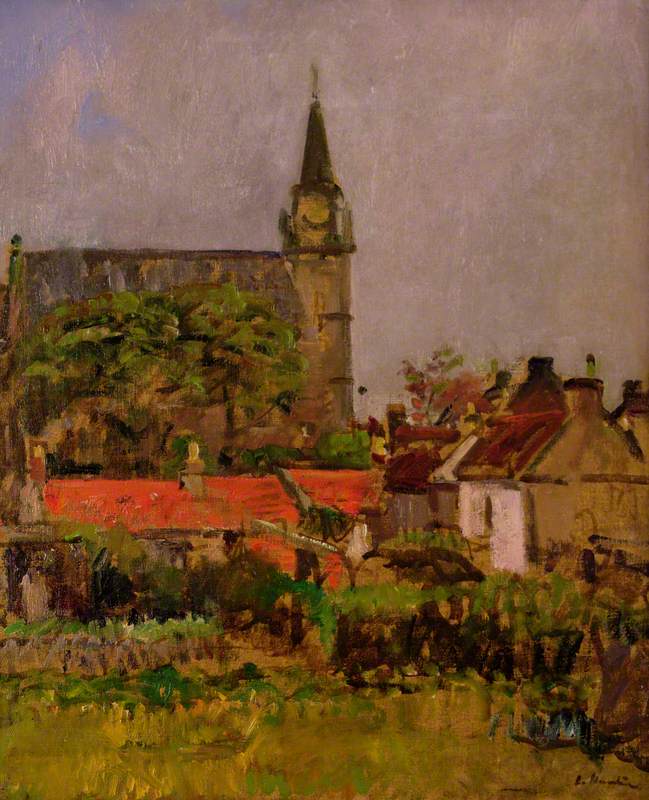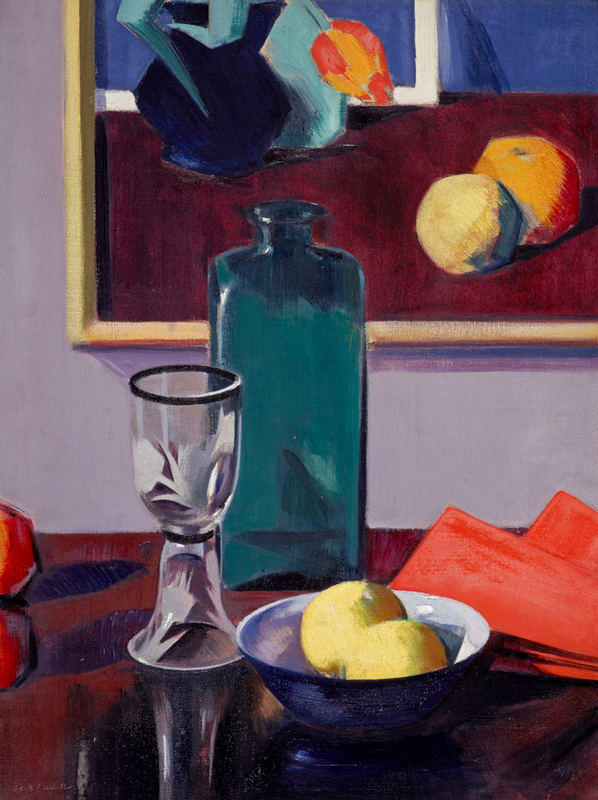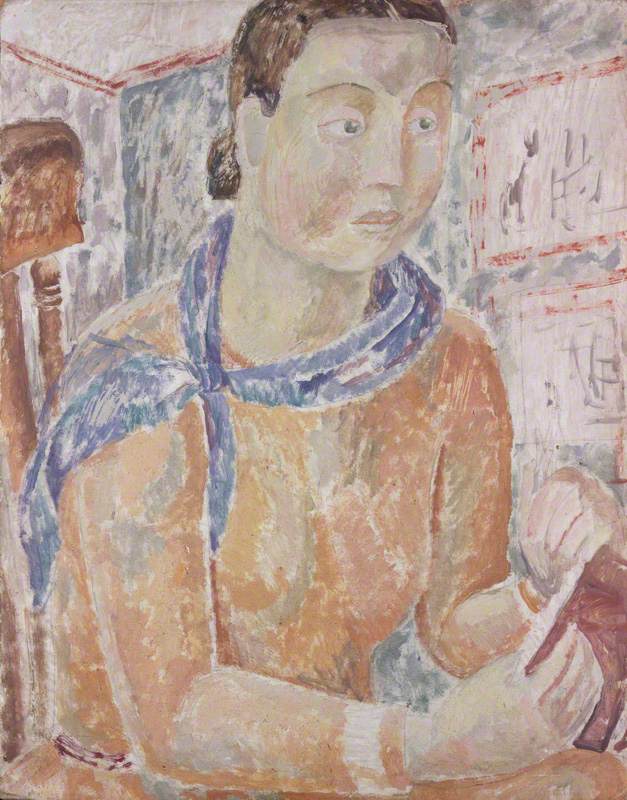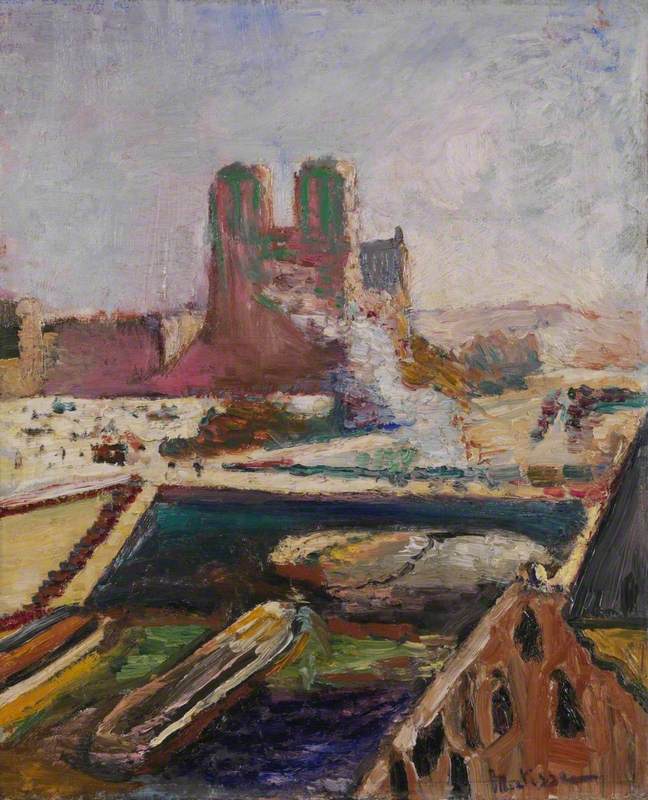Growing up in Glasgow during the 1960s and 1970s, I usually made a beeline for these two glorious landscape paintings hanging side by side in one of the galleries in Kelvingrove Art Gallery and Museum. If I am honest, I was consistently more attracted to Old Mill, Fifeshire by Scottish Colourist George Leslie Hunter (1877–1931) than to Vétheuil, but I was also puzzled that I had never heard of Hunter, let alone knew that he was Scottish.
Yet his work shone beside that of the familiar and famed French Impressionist, Claude Monet (1840–1926). I did not know then how bound together these two pictures were, nor that they would start me on a fascinating journey of discovery – hunting for Hunter. Bright colour draws the viewer to the two pictures, but it is not until you stand a few feet in front of them that their differences come alive.
The Monet landscape could only be in rural France, as the Hunter landscape could only be in Scotland. Vétheuil and Old Mill, Fifeshire are transition pictures, key works in each artist's journey forward. At the heart of what differentiates them is colour being used to a different end. Hunter's deep understanding of Paul Cézanne's complex modernist concepts saw him using colour relationships to create his own pictorial structure, whereas Monet explored and perfected the effects of changing light.
Before moving to Vétheuil in 1878, Monet had spent most of the previous seven years in Argenteuil. In 1871, Argenteuil was a picturesque, historic and progressive suburban town, 15 minutes by rail from Paris, and it became a rich source of material for Monet. His technique there is wholly Impressionist, using rapid brushstrokes to capture the effect of natural light on colours in the landscape, requiring him to paint outside, en plein air, and conclude his paintings in one go. In Autumn Effect at Argenteuil, from 1873, his handling of light seamlessly blends the factory chimney on the horizon with the tree-lined, dappled river.
Autumn Effect at Argenteuil
1873
Claude Monet (1840–1926) 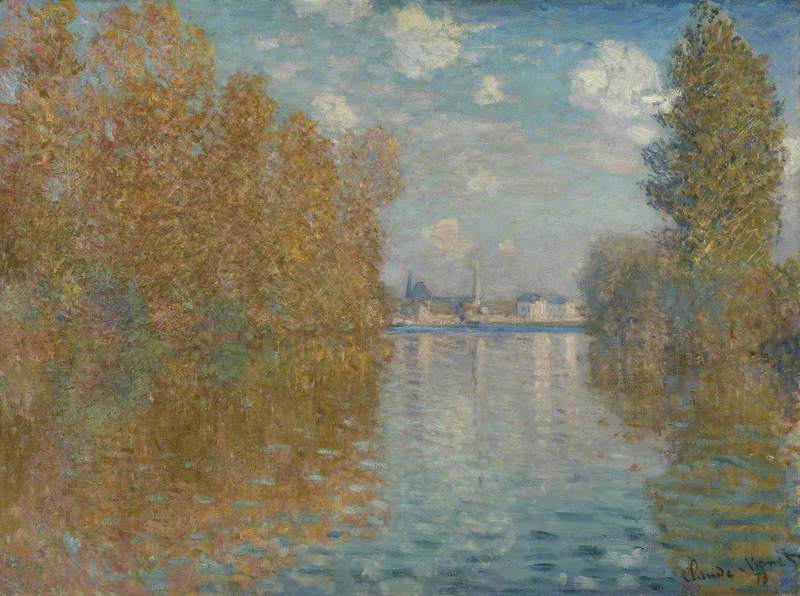
As Argenteuil's industries continued to develop unchecked, Monet's fascination for painting the contradictions of city and country waned. Ready for a change, he wrote to a patron that he had planted his tent in a ravishing spot on the banks of the Seine at Vétheuil, halfway between Paris and Rouen. In 1878 its population was mostly farmers, and unlike Argenteuil, it had no industry, railway, pollution or Parisian pleasure-seekers.
Monet then moved away from quick impressions and the use of figures in his pictures to a rural setting in which nature takes over. Vétheuil feels like being with Monet on a summer's day, the poppies in the foreground giving way to golden grasses with the hint of the village in the background, lit up by breezy clouds scurrying across the blue sky. He'd found a way to work on his paintings that allows them to look as if they had been painted en plein air, but in fact they were completed in the studio.
The breakthrough comes through pulling together the sensations he derives from the landscape at different times, and working these complex emotions into his canvases through colour and light.
From the same period, Lavacourt under Snow and The Church at Vétheuil, capture Monet's deepening connection with nature.
Hunter, painting 40 years later, was also looking for a fresh start. After spending the First World War working on his cousin Robert's farm in Lanarkshire, he moved to establish his painting ground in Fife, on the east coast of Scotland. In his diary of c.1919, he declares his readiness to move forward: 'Everyone... must choose their own way and mine will be the way of colour.'
In fact, he had been exposed to raw colour in Paris in 1907, having been profoundly shocked by the avant-garde art of Henri Matisse (1869–1954) and Pablo Picasso (1881–1973) he saw hanging in the home of American writer, Gertrude Stein (1874–1946), an important early patron of these artists. Creatively, Hunter took the following decade to come to terms with such art, eventually producing still lifes such as Flowers in a Vase and Fruit that involved painting objects in bold colour against a dark background.
These brought him financial and critical success at his first two exhibitions with influential Glasgow art dealer Alexander Reid (1854–1928), in 1913 and 1916. But Hunter could not rest on his laurels – there was so much more he wanted to do.
In 1920, a year after arriving in Fife, Hunter writes to a friend that he is concerned entirely with the animation of the landscape. Old Mill, Fifeshire fulfils that promise. Like Monet, he paints outside then finishes in the studio. From his early days in San Francisco, Hunter held to the view of the German philosopher, Arthur Schopenhauer (1780–1860), that colour is the sensation in the eye, rather than the actual colour of an object.
Nowhere is this more clear than in Old Mill, Fifeshire and subsequent work produced in Fife such as Stubble Field and Ceres, Fife, where there is no direct source of light: only bold colour, texture and harmonious design that places the viewer in the landscape.
Over the next 11 years, Hunter, the highly individual Scottish Colourist, hits his artistic stride in strength and vision until his untimely death in 1931.
There is another deep connection between Vétheuil and Old Mill, Fifeshire which concerns one of Hunter's closest friends and patrons, William McInnes. McInnes was a partner in a Glasgow shipping company along with William McNair and Major Ion Harrison. They all shared a passion for art, especially French Impressionist and Post-Impressionist paintings, but they also actively supported each of the Scottish Colourists – Hunter, Samuel John Peploe (1871–1935), John Duncan Fergusson (1874–1961) and Francis Campbell Boileau Cadell (1883–1937).
The common link was art dealer Alexander Reid. A one-time friend of Vincent van Gogh (1853–1890), Reid exhibited and sold artworks by some of the finest avant-garde French artists, the Glasgow Boys and the Scottish Colourists.
Reid and his son, McNeill Reid, were also instrumental in Hunter's financial success, signing a contract with him in 1924 and renewing it in 1926. The future director of Kelvingrove Art Galleries, Dr Tom J. Honeyman (1891–1971), had first worked for Reid & Lefevre and was a good friend to both Hunter and McInnes.
Dr Tom J. Honeyman (1891–1971), Director of Glasgow Art Galleries (1939–1954)
c.1930
George Leslie Hunter (1877–1931) 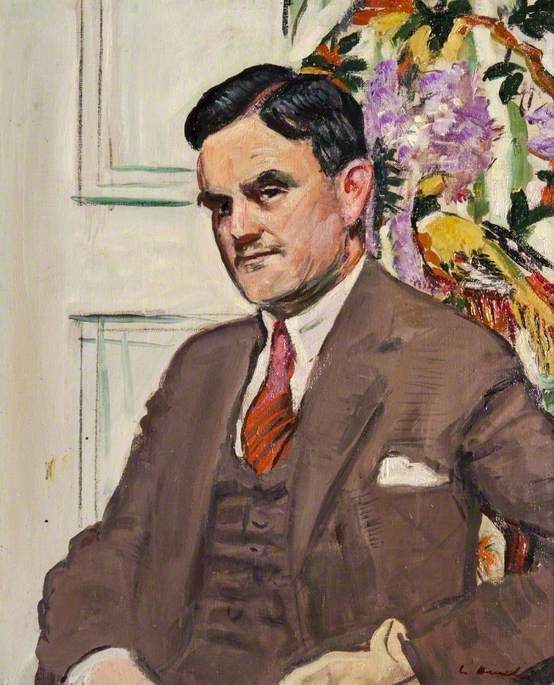
McInnes recognised the artistic significance of Old Mill, Fifeshire, buying and gifting it to Kelvingrove in 1921 at a time when most people were hostile to the Colourists, as Ion Harrison observed in 1950:
'During their lifetime their work aroused intense jealousy among their contemporaries... they professed to admire Peploe; they disdained Cadell, and they frankly detested Leslie Hunter, and all swore that he could not draw. However, this, of course was utter nonsense for he was a very fine draughtsman.'
McInnes presented two further works by Hunter to national collections: Reflections, Balloch to the National Galleries of Scotland in 1931 and Kitchen Utensils, to Tate in 1935. On his death in 1944 he left his art collection to Kelvingrove.
Hunter had been actively involved in advising McInnes on buying pictures and was instrumental in the purchase of The Pink Tablecloth by Henri Matisse in the same year it was painted, 1925.
He may well have been involved in the purchase of Monet's Vétheuil, because Alexander Reid bought the painting from Parisian art dealers Bernheim-Jeune in 1919, and sold it to McInnes in 1920. And there lies the wonderful significance of how the Monet and the Hunter came to hang side by side. I suspect T. J. Honeyman put them together: a fitting pairing that unites two artists in colour, one already famous and the other much less so.
The French artist, compatriot and friend of Matisse, André Dunnoyer de Segonzac (1884–1974), remarked to Honeyman in 1937: 'You are a queer people. Here is one of your best artists and nobody knows anything about him!'
Jill Marriner, art historian and co-author of Hunter Revisited: The Life and Art of Leslie Hunter
Further reading
Richard R. Brettell, Impressionism: Painting Quickly in France 1860–1890, Yale University, 2000, to coincide with 2001 exhibition, National Gallery, London
Frances Fowle, Van Gogh's Twin: The Scottish Art Dealer Alexander Reid 1854–1928, National Galleries of Scotland, 2010
Paul Hayes Tucker, Monet in Argenteuil, Yale University Press, 1982
Bill Smith and Jill Marriner, Hunter Revisited: The Life and Art of Leslie Hunter, Atelier Books, 2012
VADS, Vétheuil entry by Vivian Hamilton
